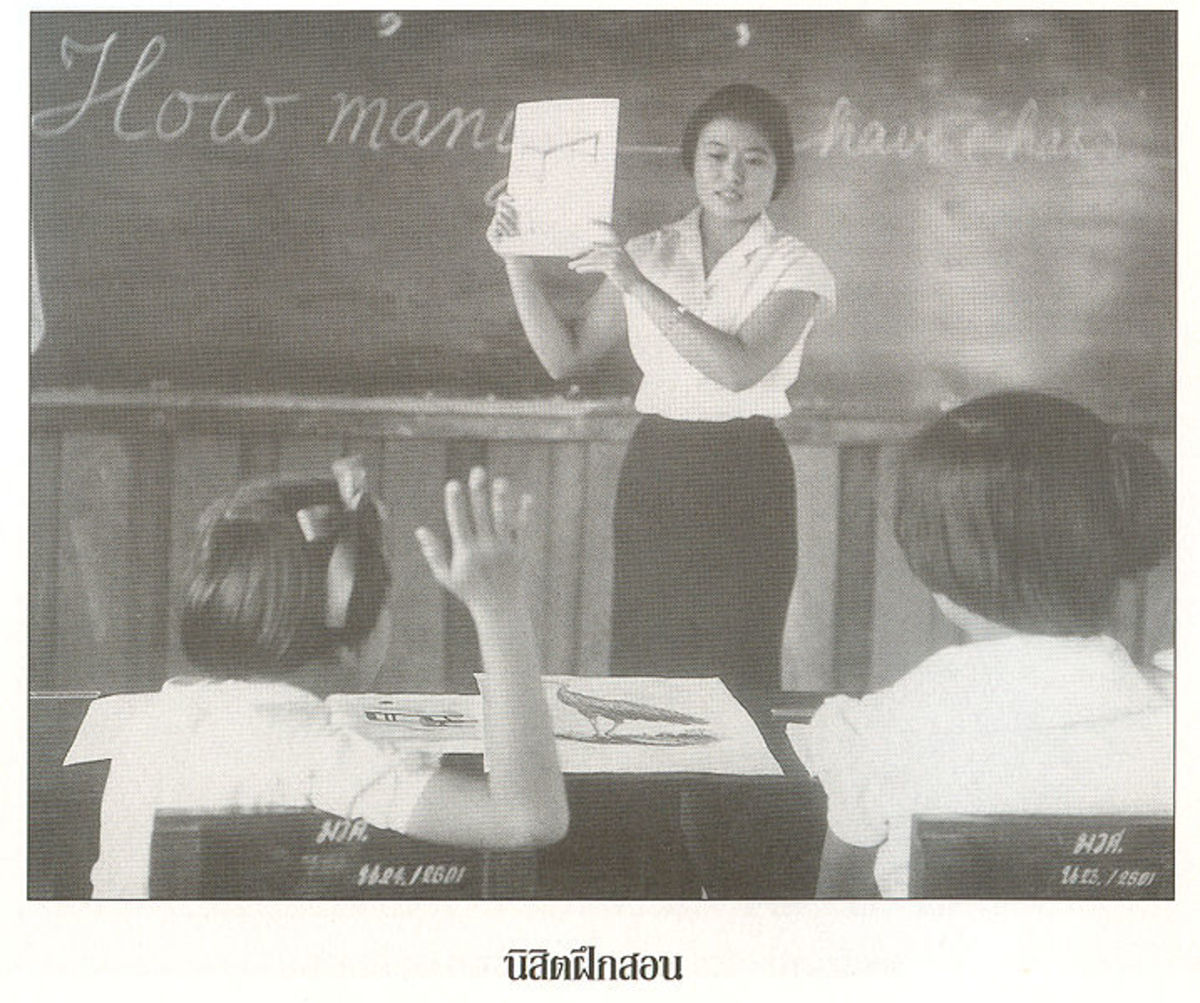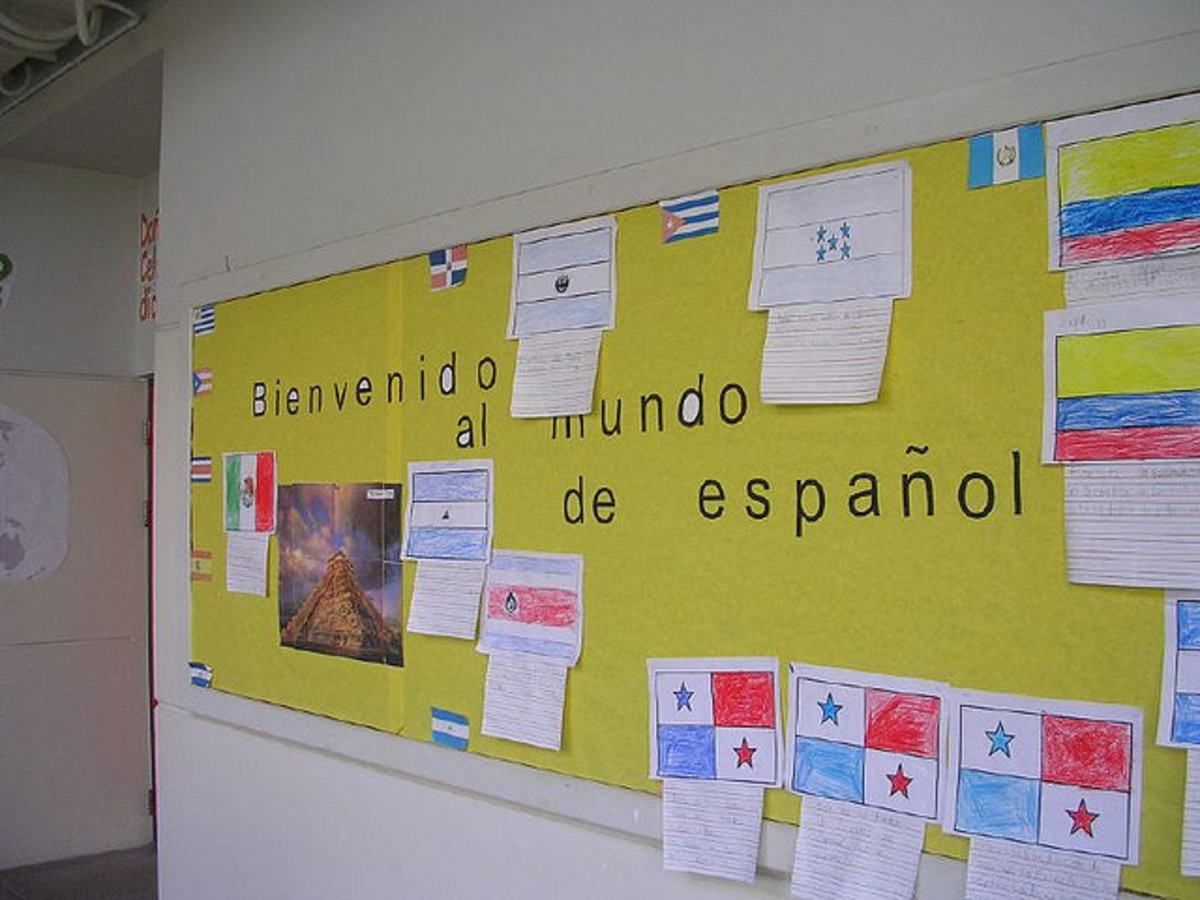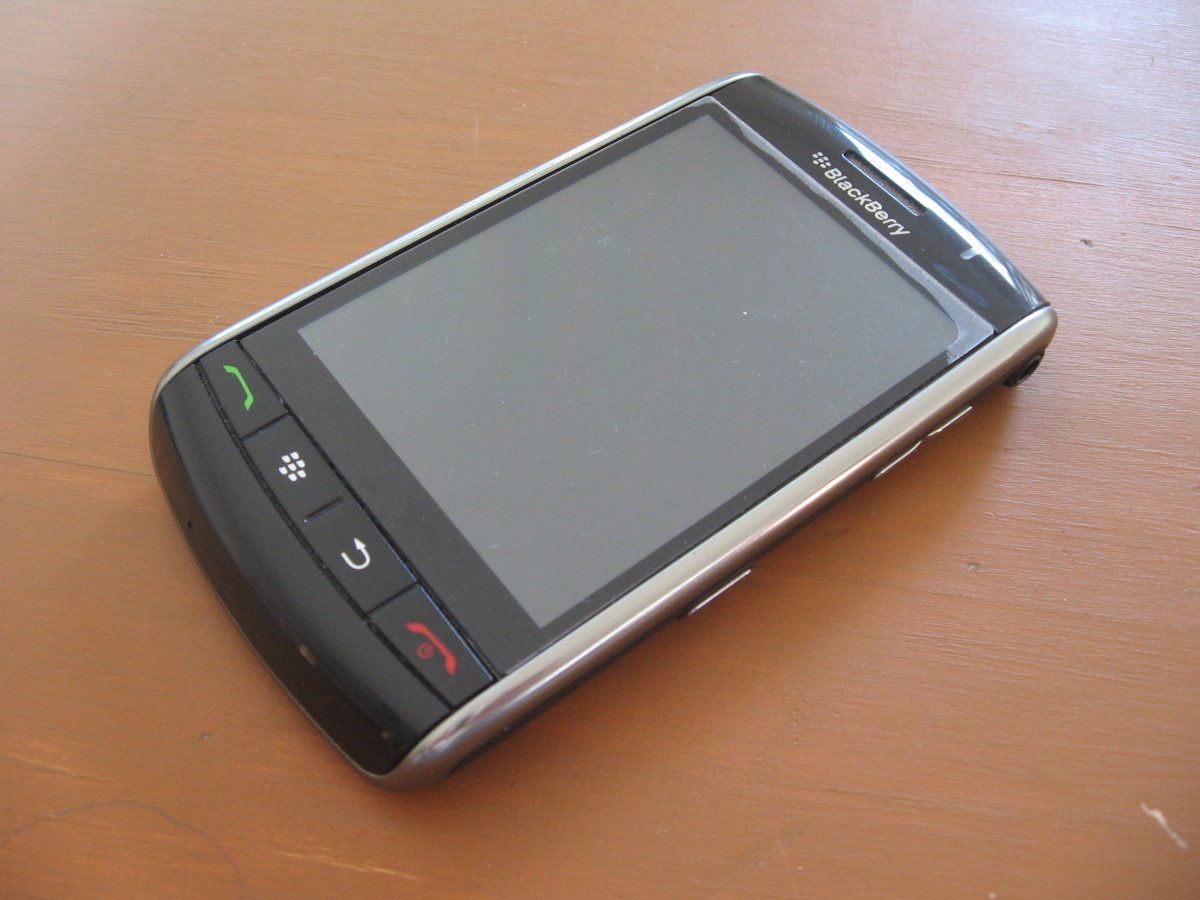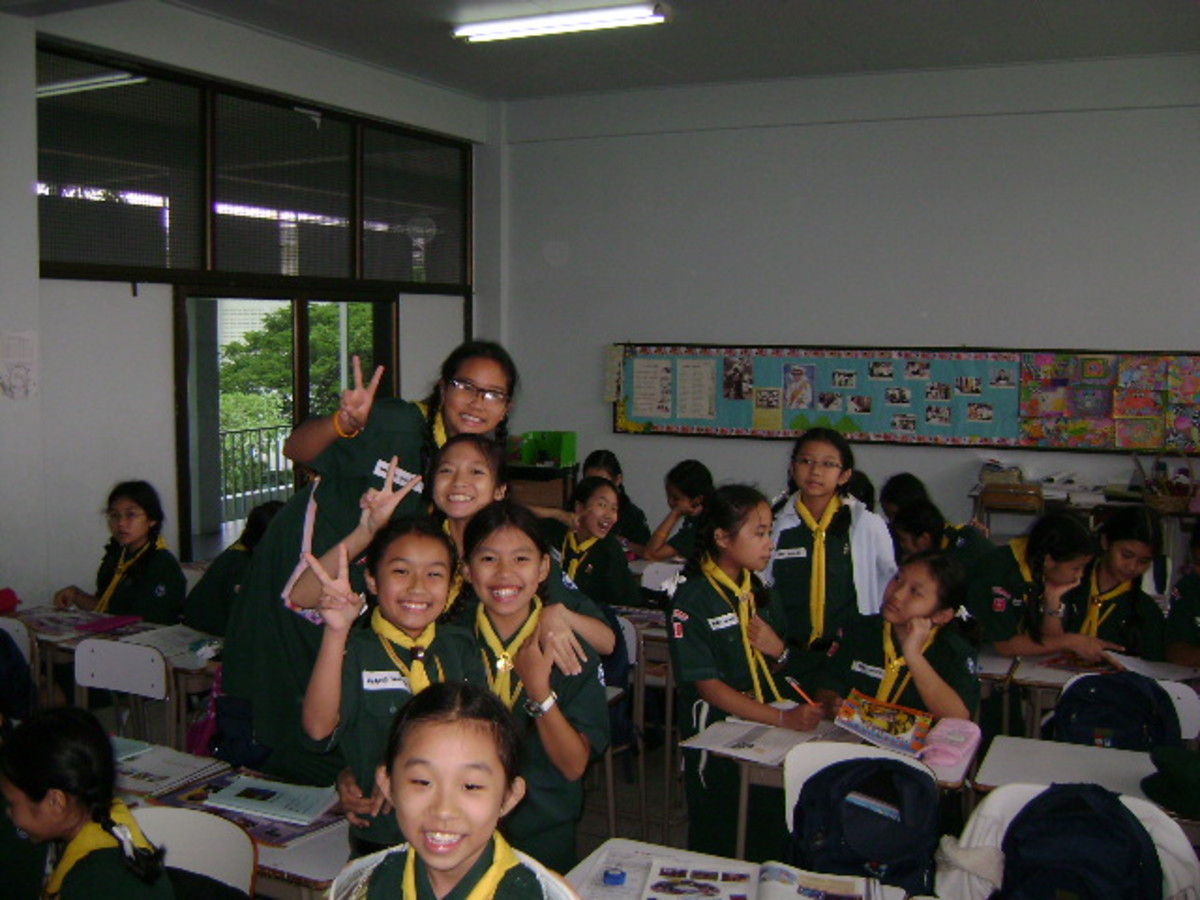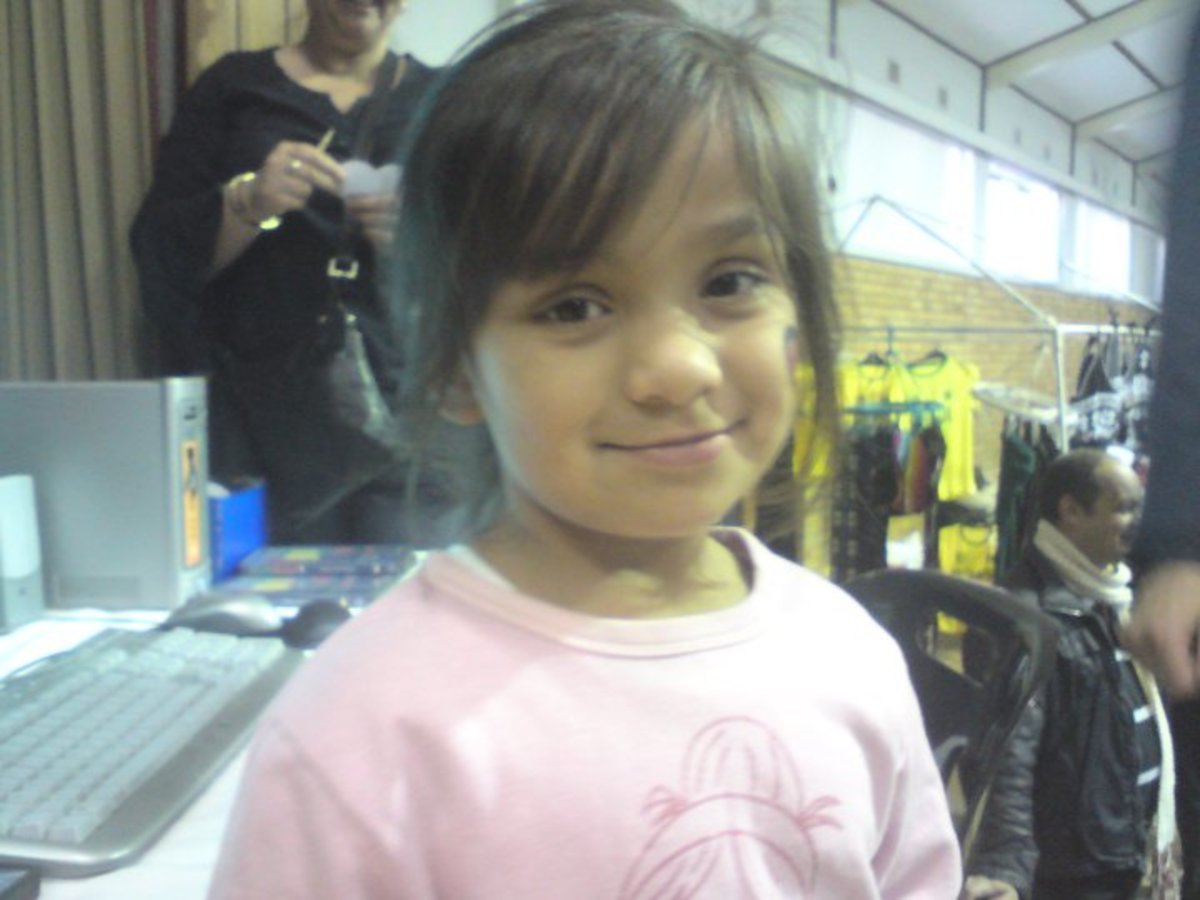How Boys Learn Differently in the Classroom:Engaging Boys in School
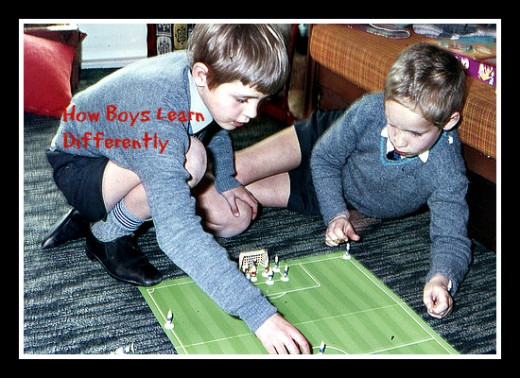
I’ve come to learn quite a bit about teaching boys in my 6 years of teaching. When I first began teaching, I had limited knowledge on engaging,specifically boys, in the learning process. Don’t get me wrong, I’m an excellent teacher, and what I lacked in experience (at that time), I made up for in my passion for teaching and learning.
You learn pretty fast that kids, in general, have a short attention span and you have to hook them right at the beginning to get their full attention. The more I taught, the more I began to realize that my current teaching strategies would not last because of, well, the lack of attention I was getting.
My second year of teaching I had a class of 16 boys and 6 girls. Something in the water? Talk about challenging work! I found very quickly that my regular teaching tricks and ways just didn't cut it. I had to devise a plan to engage these boys while reaching my girl students at the same time.
I’ve also been blessed with two boys, both under the age of 4, and raising them has been a challenge for me as well, particularly because I didn’t have any male siblings growing up and my knowledge of boys was always limited. I've come to embrace a fast-paced, hands-on approach to parenting and to education.

How Boys Learn
Schools and school districts from all around the world have recently been actively pursuing the age old question: how do boys and girls learn differently? How do boys brains work compared to girls brains? How can we, as educators, provide a girl-friendly and boy-friendly environment for our students? How can we get boys to care about school?
Numerous studies have shown that boys have an edge on girls in the area of spatial visualization. Many boys (not all) struggle with penmanship. Proper pencil grip is often a challenge at first for boys, but their fine motor skills do, for the most part, catch up, but it can be difficult for boys to write neatly. Boys need to move around more than girls. Girls are often able to sit for longer periods of time and stay more focussed during lecture-style (traditional) lessons, whereas boys fidget and need more frequent stretch breaks.
Boys Learn Differently than Girls
Knowing what we know about how boys differ from girls in their learning styles, how can we, as teachers and educators, engage boys learning? How can we break through the barriers that prevent boys from giving boys (and sometimes girls) from giving us their full, undivided attention?
Whole Brain Teaching Approach to Learning
My colleagues and I recently discovered a few literacy-based programs that seemed to bring more focus to our classrooms and seemed to make the whole learning process more fun (for us educators and for our students, particularly targeting boys and learning).
The first program we read up on and used in our classroom routines and lessons is the Whole Brain Teaching approach (Power Teaching). The backbone of this teaching strategy is making learning fun and developing problem solving and background knowledge. Students are taught to repeat core information through effective learning games.
How it works:
1. Class-Yes.
This is a tactic you use with your class to get their full, undivided attention. You simply say to your students. “Class!” and they look and respond in the same way by saying, “Yes”. Here’s where it gets fun and you get your students on the hook. You say “Classity-class”, they say “Yessity-yes”. You say “Class class class”, they say “Yes yes yes”.
2. Set the rules up at the beginning of the year-this will be the foundation of your class and will set the tone for the whole year.
3. Teach-OK! Instead of diving into worksheets, after you teach your students a lesson, get your students to teach other what they learned by repeating the key concept. You set this up by dividing your class into groups of two. Each student is either a One or a Two. Teach your students a small amount of information, with gestures. When you finish, look at your students, clap twice and say “teach!”. The students clap twice and say “ok!”
There are several other whole brain teaching techniques that target boys and learning as well as girls and learning. I’m not going to go through them all, because that would take me forever. I have found that just using these 3 steps have made a huge difference in the classroom learning environment I’ve created for my students.
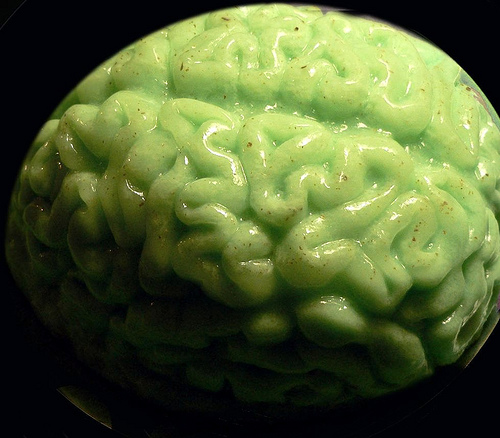
A Kindergarten Class Using Whole Brain Teaching
Boys Learning: A Literacy-Based Program Called The Daily Five
The thought of using literacy stations in my 3rd grade class made me a bit nervous. It’s one thing to command the attention of 28 kids all at once and quite another to expect all 28 kids to be working independently, especially while I’m occupies teaching a small group literacy circle. The Daily Five is much more than literacy stations and also more than a classroom management system. It’s a structure that guides students to read, write and work independently, pushing students towards a lifetime of literacy.
The basic outline of the Daily Five structure is:
Read to self
Work on writing
Word Work
Listen to reading
Read to Someone
I’ve found this structure to work well because it gets kids moving quickly, which is good knowing what we know about how boys learn. Each day, the teacher gives a mini-lesson to the whole class on various aspects of the 5 structures. After the mini-lesson, the students break into predetermined small groups and practice one of the five structures for a short period of time. What I like about the framework is that students get to learn in so many different ways: there’s verbal/audio, artistic, independent and listening going on (and so much more). Knowing that boys learn differently than girls, it's good to give the boys in our classrooms access to different forms of learning and the Daily Five is the perfect opportunity for this.
Teachers and educators can use the Daily Five Framework in so many ways. I personally have used it for my class's morning routine and for my literacy block or reading time.
Learning Toys for Boys
We know that boys, in general, don't like to sit still and a lot of boys are highly competitive. It's important for teachers and educators to meet the needs of all students in order to maintain a healthy learning environment.
Are there learning toys for boys that work in the classroom? I've learned quickly that a healthy and peaceful learning environment depends on the way your classroom is set up. I've made sure to have lot's of hands-on educational stuff in my classroom: Oversized books (often map books), non-fiction books, flashcards, dice math games, playing cards (for math), science equipment, extensive art supplies, math board games, kinex and other structural building materials. Those are just some of the learning toys for boys that I keep in my classroom, I'm sure there are many other items I haven't listed.



